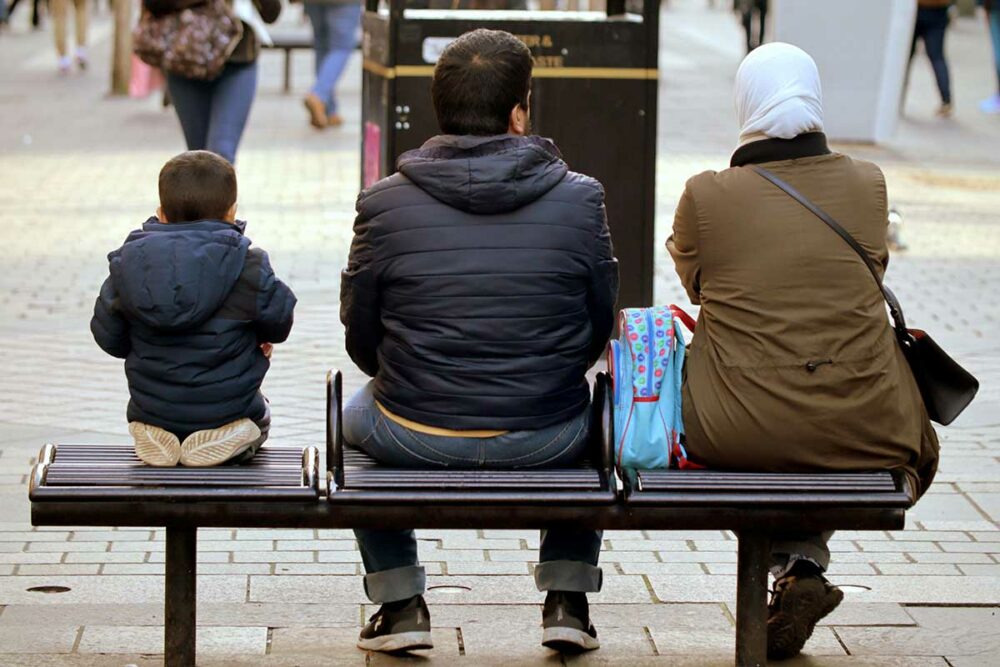A large proportion of schools in England provide high standards of education, with pupil attainment improving in primary and secondary schools. However, some schools are performing less well. The Department for Education and Skills and Ofsted use several definitions to identify schools that are performing poorly and need additional support; among the 1,557 schools included under these definitions are 242 schools that Ofsted has judged as failing to provide an acceptable standard of education.
Jump to downloadsNational initiatives and local action are helping to reduce the number of these schools, according to a report published today by the National Audit Office. However, more can be done to prevent poor performance in the first place, to speed up the improvement of poorly performing schools, and to support improved schools in sustaining their achievements. More frequent Ofsted inspections, introduced in September 2005, could help by spotting signs of trouble earlier.
Some poorly performing schools are in Ofsted categories, while the Department identifies other schools in need of additional support because of their pupils’ low attainment or under-performance in relation their circumstances. There is some regional variation: for instance 1.5 per cent of schools in Outer London are in the Ofsted category, Special Measures, compared with only 0.4 per cent in the North East of England.
The government spent around £840 million in England last year to help prevent poor performance and to turn around schools, excluding the costs of academies. These initiatives are having an effect, in that fewer primary and secondary schools are failing to achieve targets for minimum pupil achievement, and the number of schools in Ofsted categories is falling.
Around 85 per cent of schools recover after being put into Special Measures, benefiting from good support from Ofsted and their local authority, and the remaining schools close. Two-thirds of schools in Special Measures make at least reasonable progress in the first year, and most recover within two years. Good schools are aware of their strengths and weaknesses, and they develop an ethos of continuous improvement that sustains achievement. They continually strengthen teaching and learning by providing better assessment and coaching of teachers, and regular monitoring of pupils’ progress in all subjects.
A minority of schools take four years or more to recover. The longer a school takes to turn around, the longer its pupils suffer a poor education and the more damage is done to the school’s reputation, making recovery even more difficult. In order tackle the most difficult cases more quickly, the Department has school renewal programmes. Fresh Start schools, which cost £2.2 million on average, re-open with refurbished facilities and changes to governors and staff. They show steady and continuing improvement in GCSE results. The Academies Programme has capital costs of around £27 million for a 1,300 pupil academy. Early signs are encouraging, but it is too early to know whether the programme will be good value for money.
Two years after recovery from Special Measures, most schools are good or better. However, some “recovered” schools do not sustain their recovery – 5 per cent rated as unsatisfactory two years after recovery. There is limited evidence about the longer term performance of recovered schools. The NAO found that 40 per cent of schools that recovered between April 1995 and March 1997 had closed by July 2005.
The responsibility for improving school performance is shared between the schools themselves, local authorities, Ofsted and the Department for Education and Skills. Local authorities should maintain close links with all of their schools, and provide extra support for vulnerable schools. Ofsted inspections in 2003-04 found that 56 per cent of local authorities had good school improvement services, while 13 per cent were unsatisfactory. An NAO survey of recovered schools showed that many headteachers felt that their school received much better support from their local authority after being put into an Ofsted category than they had received during their decline.
Support and challenge from governing bodies and strong leadership from headteachers are both essential elements of school recovery and in maintaining high achievement into the future. But there are concerns about shortages of headteachers. In 2004-05, 28 per cent of primary schools and 20 per cent of secondary schools were without a permanent headteacher. 10 per cent of governor places are also vacant, rising to 20 per cent in some inner city areas.
Sir John Bourn today said,
“The quality of education is vital to young people’s lives. The falling numbers of poorly performing schools are welcome, but it is unacceptable for any school to carry on providing a poor education over a period that can take up a large part of a child’s school career and deprive them of future prospects and opportunity. All schools need to embrace continuous improvement. The Department, Ofsted and local authorities can do more to help schools identify weaknesses and address them before decline sets in.”
Downloads
Publication details
- ISBN: 102936633 [Buy a hard copy of this report]
- HC: 679 2005-2006



